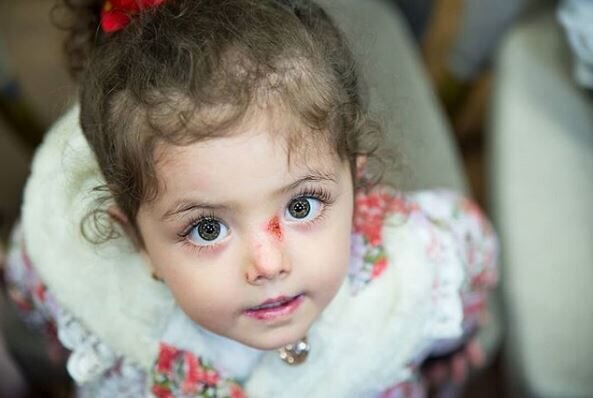Rare Diseases Document awaiting government approval

TEHRAN – The National Document on Rare Diseases, recently approved by the Ministry of Health, is being studied by the cabinet of ministers for final approval, Hamidreza Edraki, CEO of the Rare Diseases Foundation of Iran, has announced.
The Document has been approved in December 2020, with the aim of preventing the birth of infants with rare diseases, medical and therapeutic problems.
Patients with rare diseases launched and signed a petition calling for drawing up a national document on rare diseases on the occasion of Rare Disease Day, February 28, 2019.
The National Document on Rare Diseases, recently prepared in collaboration with the Rare Diseases Foundation and the University of Tehran, was drafted by prominent domestic and foreign experts.
The main vision of this document is to prevent the birth of infants with rare diseases and to solve the medical and therapeutic problems of rare patients in the country.
Edraki said that the strategic document is a big step towards resolving medical and treatment problems and relieving the pain of rare patients, IRNA reported on Monday.
After the approval of the Document, all related bodies will be obliged to take measures in this regard, and the programs will be monitored nationally.
For example, the lack of wound dressing for patients suffering from epidermolysis bullosa is a major problem in the country. In many cases, international organizations provide assistance to these patients, and it is necessary to identify and use them by establishing appropriate communication, he said.
One of the urgent needs of these patients is vaccination against coronavirus and influenza due to the vulnerability of these patients so that they should be among the first groups to receive the vaccine, he concluded.
Rare diseases prevalence
According to the statistics published in 2019, the number of rare diseases identified in Iran has reached 332 types of diseases and about 4,750 people are covered by the Rare Diseases Foundation of Iran.
Out of a thousand population, 2 people get a rare disease, while the prevalence can be curbed by changing people’s culture, screening, identifying, preventing the births, and raising awareness.
According to WHO, rare diseases are often serious, chronic, and life-threatening. The European Union (EU) definition of a rare disease is one that affects fewer than 5 in 10,000 people. At present, more than 6000 rare diseases are known; around 80 percent of them are genetic disorders and half of them occur during childhood.
Grouped together, rare diseases affect 6–8 percent (or about 30 million people) out of the 508 million population of EU countries. This roughly equals the estimated prevalence of diabetes in the World Health Organization European Region, which in 2013 was 6.8 percent of 658.7 million adults in the 20 to 79-year age group.
Rare diseases are associated with a high psychological burden for the patient but they can also have a major impact on a patient’s family. In addition to the health burden on patients, few of these diseases have an effective drug treatment available.
FB/MG
